Review: Psychonauts 2 by Double Fine Productions
The 2005 game Psychonauts has a well-deserved cult reputation among gamers.
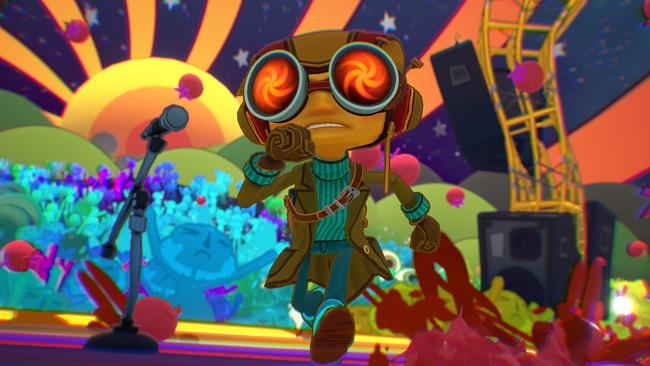
The 2005 game Psychonauts has a well-deserved cult reputation among gamers as an underappreciated, quirky and fun title which is long overdue for a sequel.
That call has finally been answer in the form of Psychonauts 2, developed by Double Fine Productions and published by Microsoft for PC, Xbox and PlayStation.
Platformer games are usually something I can take or leave. When they’re done well, as Ratchet & Clank: Rift Apart was, they can be very good. When they’re frustratingly challenging (as Returnal was), they’re frustrating and not very fun.
Fortunately, Psychonauts 2 is extremely well done, a lot of fun, and an excellent game.
The plot of the game, outlined at the start in a Captain Underpants-style animation, is that your character, Razputin “Raz” Aquato, is a young psychic who has run away from the family circus to join a squad of psychic super-agents known as the Pyschonauts – only to discover someone has kidnapped the organisation’s head.
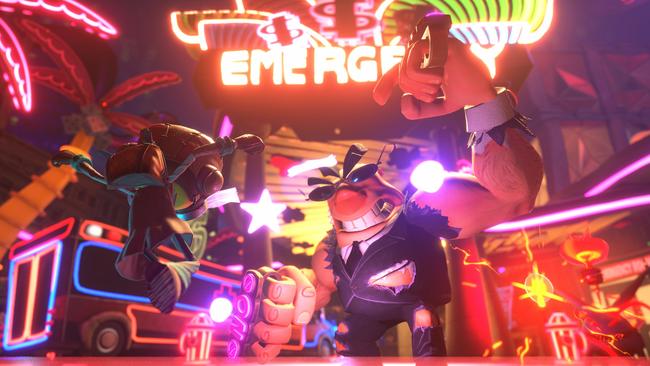
Psychonauts 2 opens as Raz and the other psychoagents are trying to get to the bottom of the mystery, and it immediately throws the player into the game’s unconventional world.
The game is delightfully silly but also has some absolutely incredible, mind-bending visuals and level design that is truly imaginative.
Much of the game is spent exploring people’s psyches for various reasons, trying to solve mysteries related to the wider plot, and these levels offer some brilliant and engaging experiences, with excellent use of colours, visual design and theming.
I was really taken with a level that was a combined hospital and casino, while another level based on a theme park ride was also extremely well implemented, as was one based on a cheesy early 1980s TV game show, while a psychedelic 1970s concert-themed level was especially striking too. Even within the levels there are sub-elements that are extremely imaginative too, such as navigating the pages of a book or leaping over the spikes on an electrocardiogram machine screen.
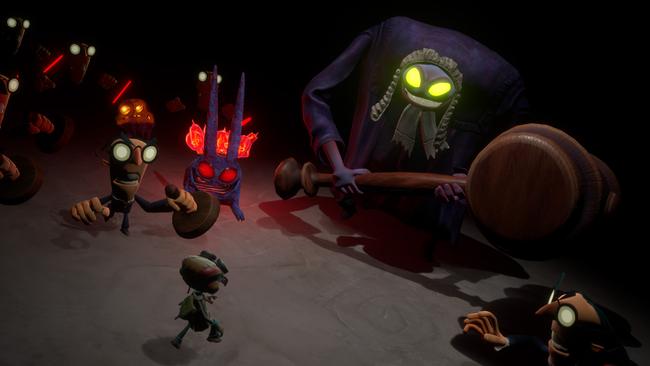
Microsoft provided an Xbox Series X code and I reviewed the game on a Samsung QN900A Neo QLED TV which really highlighted the vibrancy of the colours and special effects throughout Psychonauts 2 – not to mention showing the surprising detail on the various characters in the game, too.
As Raz explores the Pyschonauts HQ environs and the mental world of other characters, he will find himself fighting a range of enemies including “censors” (who fight thoughts which don’t belong), “regrets” (who drop heavy weights on their targets) and “enablers” (who support unhelpful mental aspects, making them immune to damage). Each the enemy archetypes changes slightly to suit the psyche they are occupying, which is a nice visual touch too.
Raz makes use of a range of upgradeable psychic powers throughout the game, including levitation, telekinesis, pyro kinetics and even slowing down time. The powers are useful not only in combat, but are necessities for navigating the levels and the game world, and while they vary in usefulness, they do provide some interesting options for different play styles.
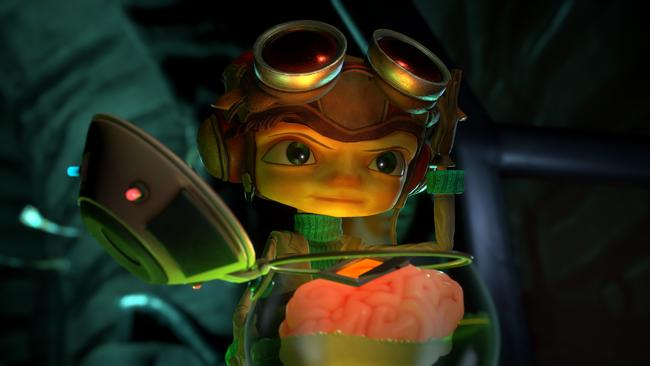
I found it particularly impressive with how the developers managed to make the game fun and silly, but dealt with some fairly serious issues, including guilt, loss, and alcoholism, in a family-friendly but not condescending way, perfectly walking that tonal tightrope using humour to address the issues while still remaining respectful of the subjects.
The design ‘language’ of the game was well done too; I almost found myself lost or unsure what to do next, and the game would offer hints to keep things moving, with Raz commenting that now would be a good time to head to a certain location or that maybe this puzzle could be solved by connecting certain ideas together.
Adding to the “suitable for everyone” aspect of the game is the ability to turn off combat and/or fall damage, meaning enemies can’t hurt the player and they won’t lose health from mistiming a jump and falling off a platform into water or the void.
What is particularly noteworthy is that doing this doesn’t ruin the game experience – the combat still hits the right notes, it’s just not frustrating and doesn’t act as a roadblock to continuing the story if you don’t succeed.
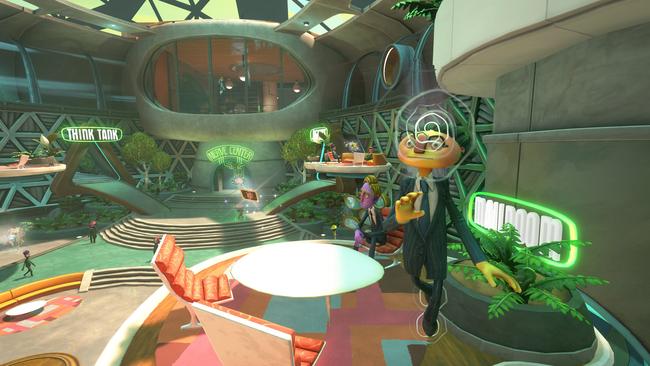
The audio work and sound effects in the game were outstanding too, and Richard Horvitz did a brilliant job providing the voice of Raz; I thought his delivery and comic timing was magnificent and really brought the character to life.
While the art style took a bit of getting used to, it works well with the game’s unreal setting and gives it a distinctive visual flavour that complements the quirky adventures the player is experiencing.
Without spoiling anything, the story itself was well done and well-paced, with just enough foreshadowing hints of what was going on so the plot twists (with one exception) didn’t end up feeling like they came out of nowhere.
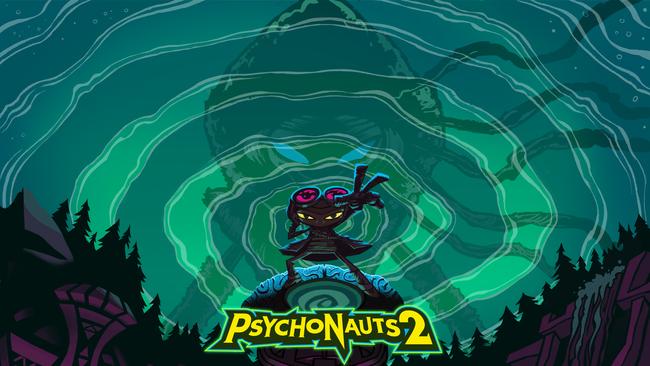
I really enjoyed Psychonauts 2. The gameplay and levels were great, the story was good, the humour was nicely done, and it was a lot of fun all around. The story stands on its own but to get the full experience it’s worth playing the original game (which, like Psychonauts 2 is available on Xbox Game Pass) so you’ve got a better idea who the characters are and how they interact.
For anyone looking for a fun, quirky, imaginative platformer, Psychonauts 2 comes highly recommended – it’s an excellent game, a delightful experience, and a fantastic sequel.



To join the conversation, please log in. Don't have an account? Register
Join the conversation, you are commenting as Logout